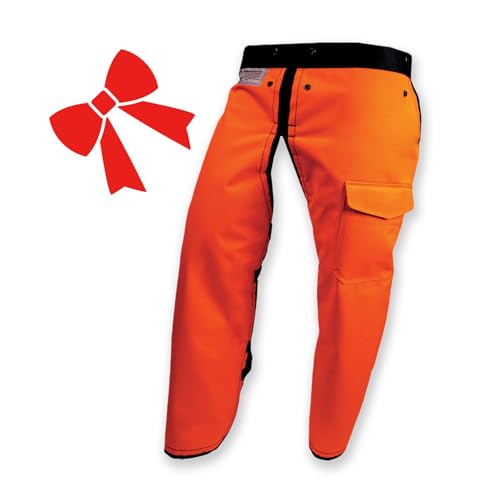Having seen the 4 stroke engines close up on Lucas mills this is very, very tempting. Apart from weight being a significant factor with these engines and I don't want to make a bulky rail mill at this time and at the end of the day it has to live on my very small (1/6 acre) suburban house block.
The Lucas operators that are in the know use 404 and just drop their rakers to cutting angles of around 10º+ and just mow their way through big hard logs. The finish is surprisingly good given the amout of wood they remove in one chain pass.
I'm a big fan of log wheels and agree that log wheel development has some way to go. The use of springs adds weight but is definitely worth considering especially if the spring can replace part of the structure
I've tried using a hand winch and even thought a few times about adding a powered winch. I didn't like the hand winch because it took away too much of the feel of the saw/mill from the operator especially when things get a little tricky. Instead of doing more work with winches I decided to put my development efforts into chain sharpening and setting raker depths so the saw self feeds as much as possible, and simple equipment to lift logs onto slopes so minimal or no pushing is needed. One major limitation with the self feeding of a mill on a slope are to Carriage or logosol type mills where getting the logs up on a slope is not practical. All that aside a small auto winch with feedback like you describe sounds like it is worth exploring. Sitting back with a beer and an RC hand piece sounds like my kind of milling



























































